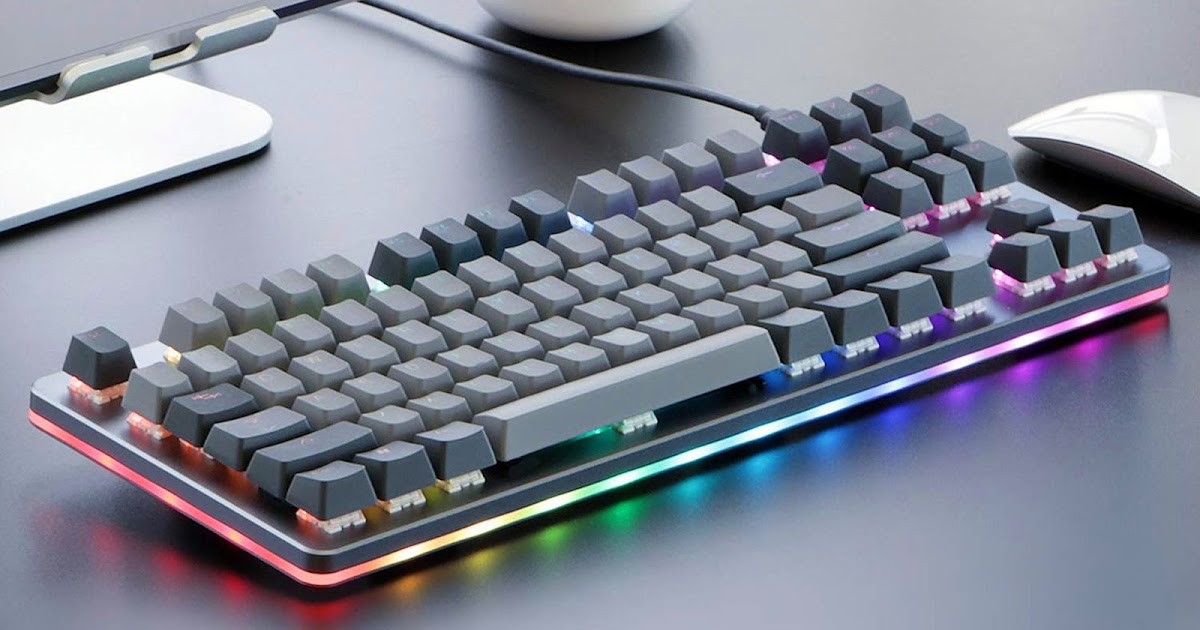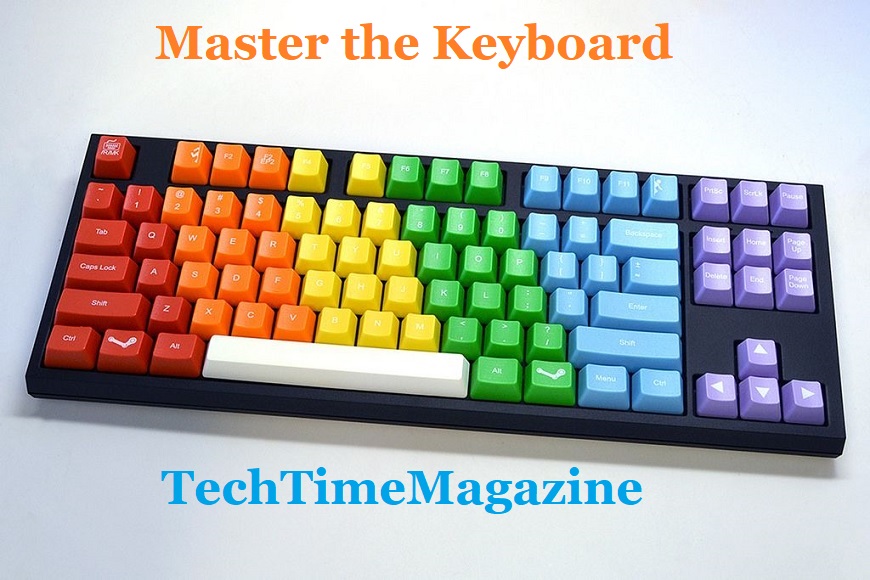Introduction
In today’s digital age, proficiency in touch typing has become a valuable skill. Whether you’re a student, a professional, or an avid computer user, improving your typing speed and accuracy can significantly enhance your productivity.
Master the Keyboard
This Article Will Explore Effective Techniques To Master Touch Typing Through Consistent Practice And Provide You With Actionable Tips To Boost Your Typing Skills:
Understanding Touch Typing:
Using all ten fingers without looking at the keyboard, touch typing involves typing with all ten fingers. The goal is to develop muscle memory, allowing your fingers to automatically find the correct keys. By focusing on the screen rather than the keyboard, you can improve your speed, accuracy, and overall typing efficiency.
Creating an Optimal Workspace:
Before delving into touch typing practice, it’s crucial to set up an ergonomic and comfortable workspace. Ensure your keyboard is at the correct height, your wrists are properly supported, and your chair and monitor are adjusted for optimal posture. A comfortable workspace reduces strain and allows for more effective typing sessions.
Proper Finger Placement:
To become a proficient touch typist, mastering proper finger placement is essential. Place your fingers on the home row—left hand on ASDF and right hand on JKL;—with your thumbs resting on the space bar. This position serves as a reference point for your fingers and helps maintain consistency while typing.

Start with Basic Typing Exercises:
Begin your touch typing journey with basic typing exercises. Various online resources offer interactive typing lessons and games designed to improve your typing skills. Start with simple exercises that focus on individual letters, gradually progressing to word and sentence drills. Remember to maintain accuracy rather than just speed during these early stages.
Practice Regularly:
Consistency is key when it comes to touch typing. Dedicate regular practice sessions to develop muscle memory and improve your typing speed. Short daily sessions are more effective than sporadic, lengthy practice sessions. Aim for at least 15-30 minutes of practice each day to see significant progress over time.
Utilize Online Typing Tools:
Leverage online typing tools and typing software to enhance your practice. Websites like Typing.com, Keybr.com, and TypingClub.com provide a wide range of typing exercises, lessons, and tests. These platforms track your progress, identify areas for improvement, and offer personalized practice recommendations.
Focus on Accuracy First:
While speed is important, accuracy should be your primary focus during touch typing practice. Concentrate on striking the correct keys without errors. As you build muscle memory and accuracy, your speed will naturally improve. Rushing without accuracy will only lead to bad habits that are difficult to correct later.
Employ the “No-Look” Method:
As you progress in touch typing, challenge yourself to use the “no-look” method. Refrain from glancing at the keyboard while typing and focus solely on the screen. It may be frustrating initially, but this technique will accelerate your typing skills and reinforce muscle memory.
Use Texts Relevant to Your Interests:
To make touch typing practice more engaging, use texts that align with your interests or work. Find articles, books, or documents related to your field or hobbies. Typing texts that captivate your attention will not only enhance your typing skills but also expand your knowledge in your chosen domain.
Monitor Your Progress:
Keep track of your typing progress by regularly measuring your words-per-minute (WPM) and accuracy rate. Many typing software and online tools provide performance metrics to gauge your improvement over time. Celebrate your milestones and use any setbacks as motivation to continue practicing.
Conclusion:
Touch typing is a valuable skill that can significantly boost your productivity and efficiency in today’s digital world. By following these effective techniques and incorporating regular practice into your routine, you’ll steadily enhance your typing speed and accuracy. Remember, consistent practice and perseverance are the keys to mastering touch typing. Start today and watch your typing skills soar to new heights!

